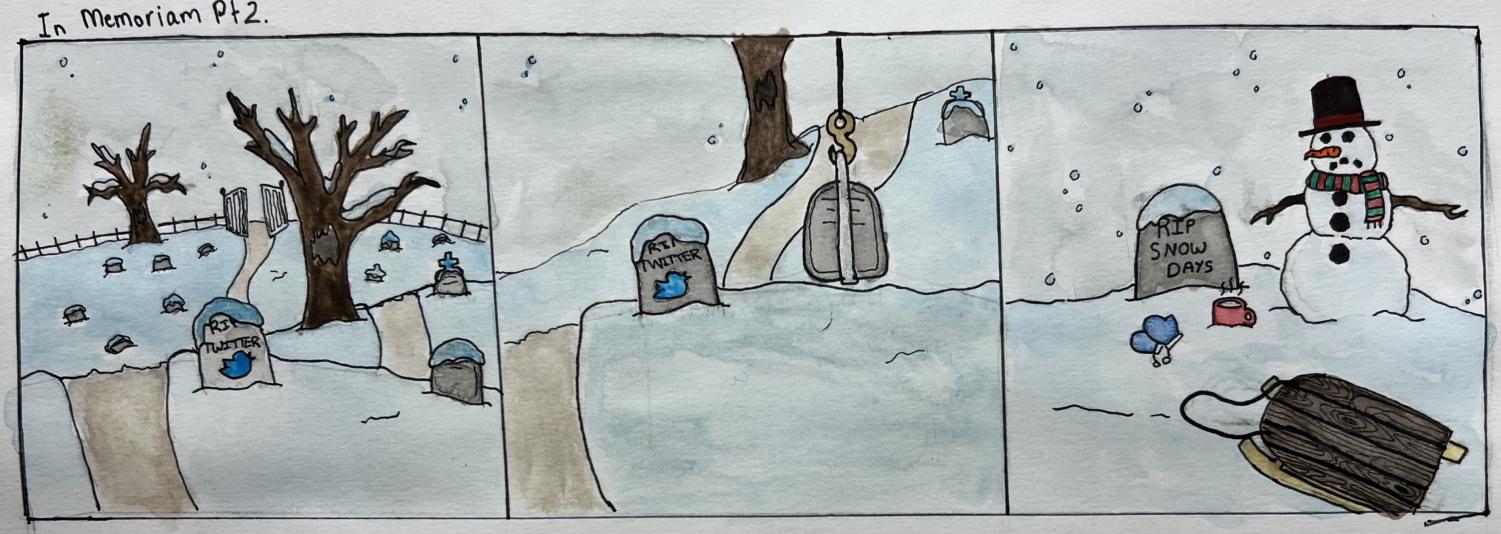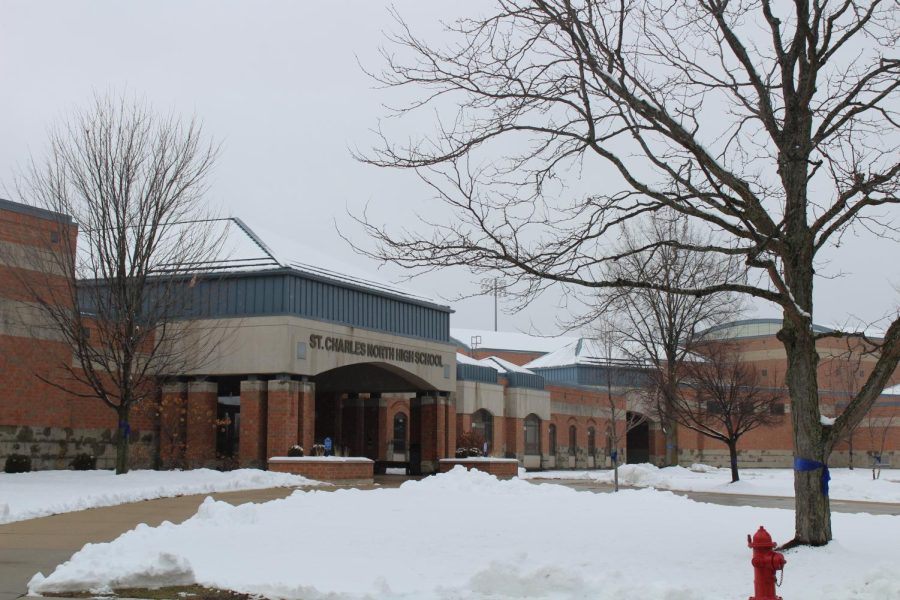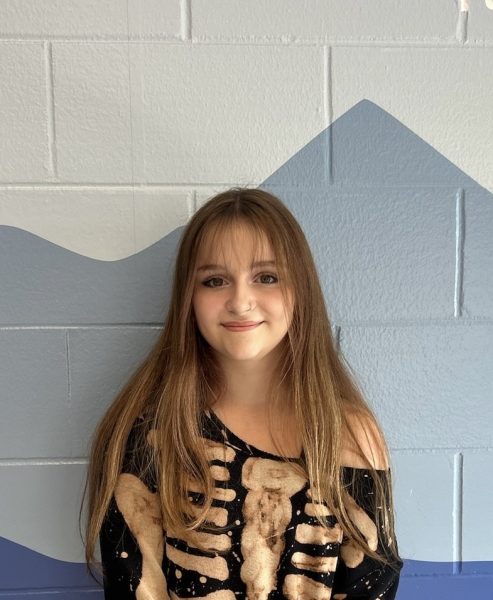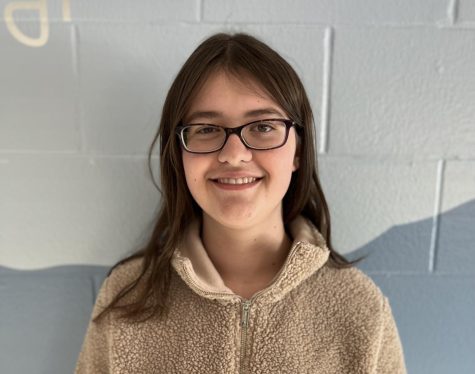D303 Snow Day Policy Prioritizes Student and Staff Safety
Policy Clarifications as Temperatures Drop and Snow Falls
North’s main entrance after the most recent snow.
February 3, 2023
As many students have experienced, it’s very disappointing to hope for a snow day, only to find out one wasn’t called. One example of this was Feb. 2 and 3, 2022. Many students couldn’t even pull out of their driveways or get to their bus stops because of the amount of snow and ice. On Feb. 2 of last year, there were 530 students absent at North alone. The “bad call” on the snow day made many students upset, but to understand the decision, it is necessary to take a look at the decision process.
Back in December of 2022, D303 students and families received information about inclement weather procedures by email. Lots of information, such as possible reasons for school closure and what types of things may happen to cause closures, is available on the district’s inclement weather page.
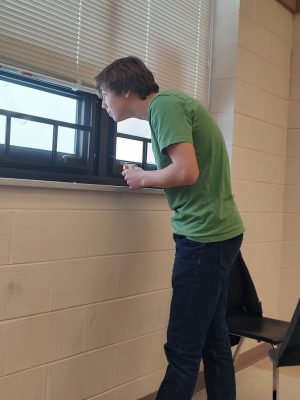
The four results of a “snow day” being called are as follows: full day closure, delaying the start of school, dismissing early, or canceling before or after school activities. Depending on when weather conditions arise, the decision can be made at different points throughout the day.
If weather conditions turn unfavorable overnight, families will be alerted by 5 a.m. the morning of the closure. Closures can also happen midday. Evening/afternoon activities can be canceled, with that information being sent out by 1 p.m. on the day of said closures. If no notifications are received, D303 is operating as normal with no revised schedule.
There are multiple factors considered when deciding whether to have a snow day or not. There are no specifically set guidelines; for example, there is no specific temperature that would cause closure. Instead, the district monitors the weather and forecast closely when conditions are looking to be unsuitable. They consider things like taking the bus, driving and walking to school and how the weather would impact that. Very low temperatures or lots of snow and ice are both very common reasons for school closures.
Ultimately, the choice falls into superintendent Paul Gordon’s hands. After considering the conditions, it is necessary to weigh the pros and cons. For example, a pro could be keeping students, staff and families safer by keeping them off of hazardous roads, whereas a con could be the use of an emergency day, which would be made up at the end of the school year.
While this procedure doesn’t mean that the ultimate decision works perfectly for every student, this system allows the district to make a smart, informed decision that will benefit as many people as possible.
